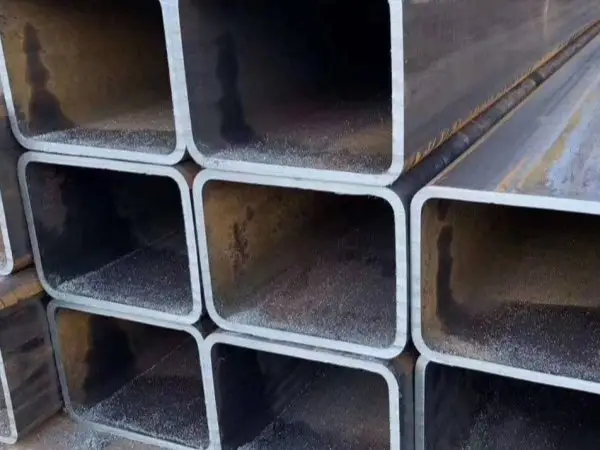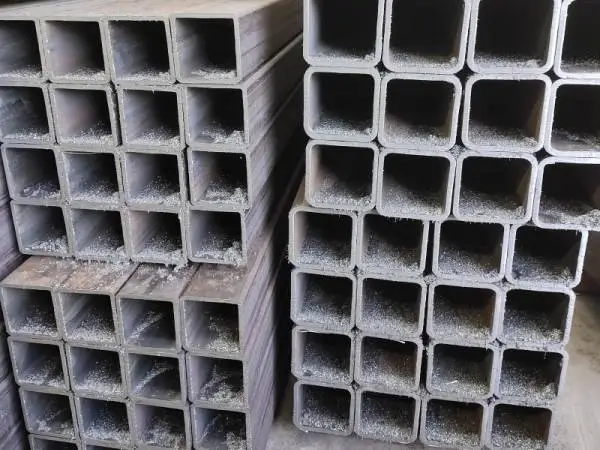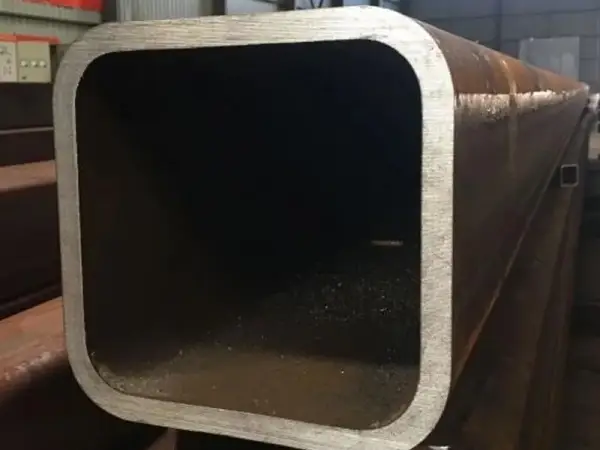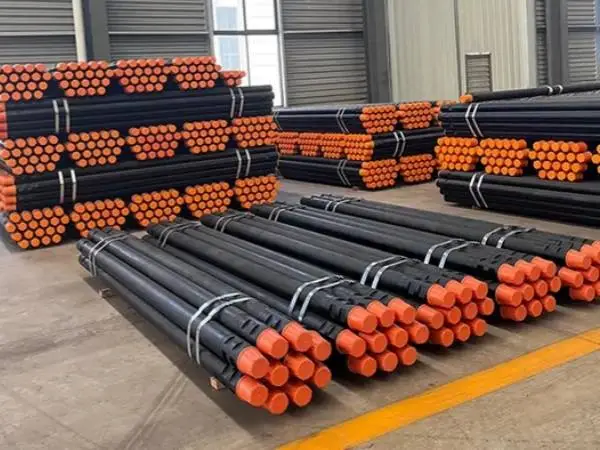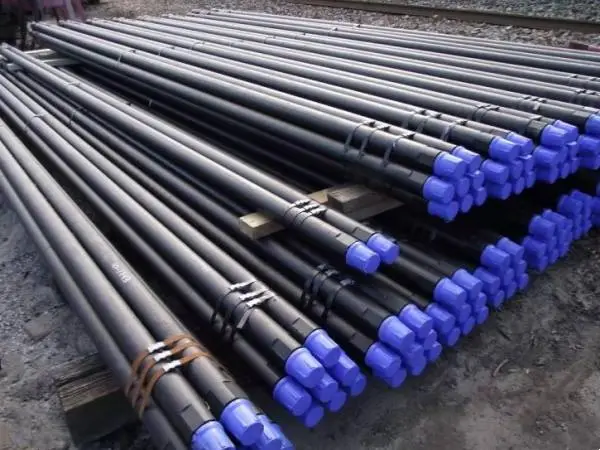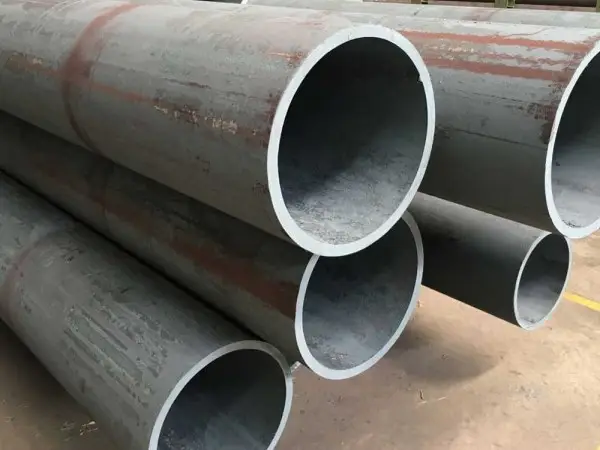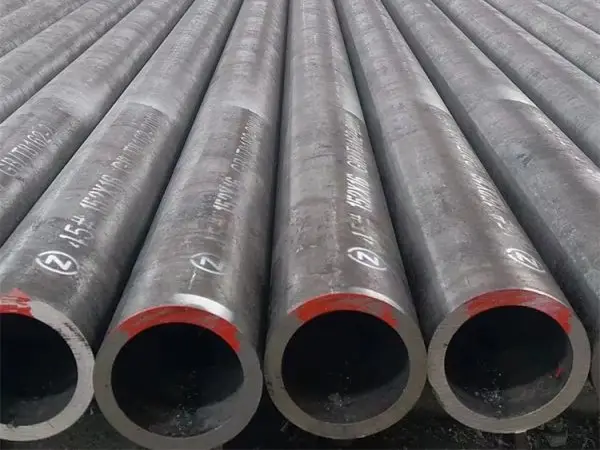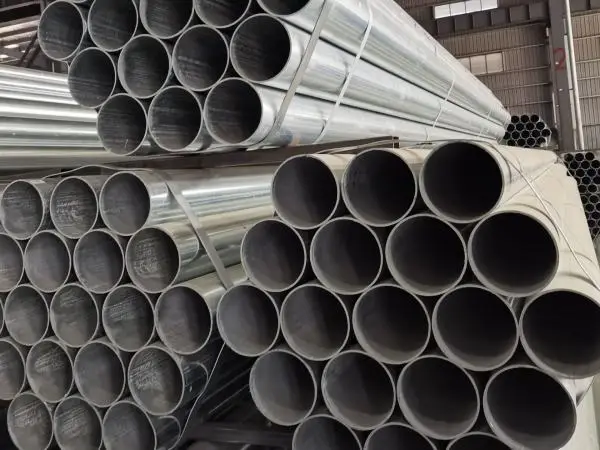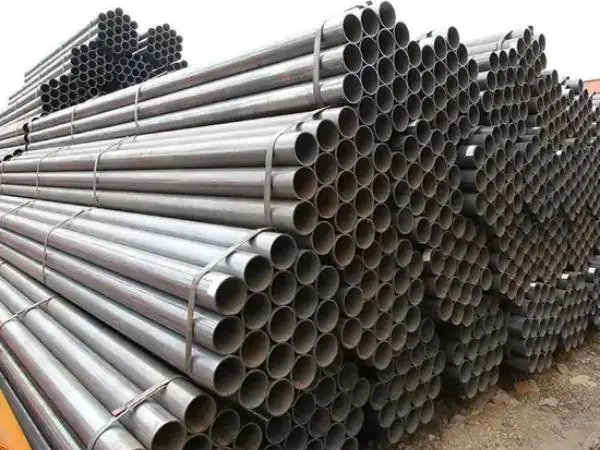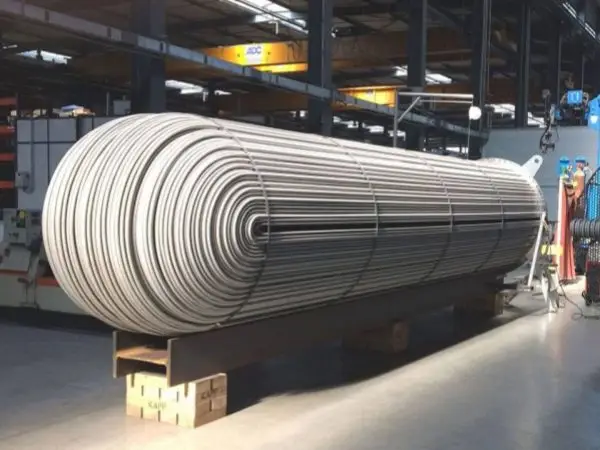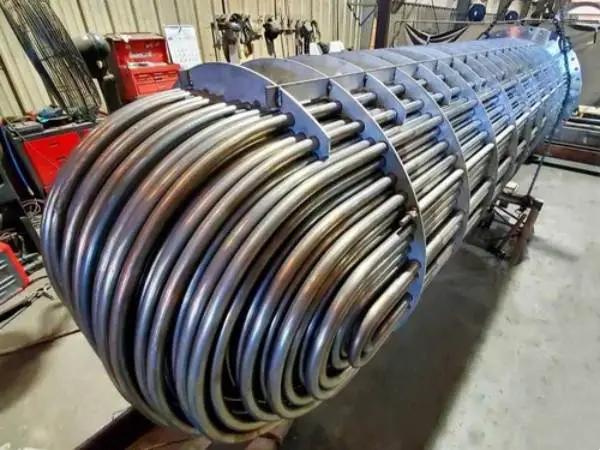-
2024-10-24Product News
Structure and application areas of rectangular tube
Rectangular tubes are essential structural components in various industries due to their unique design and strength. These steel tubes feature a rectangular cross-section, typically composed of four sides and four corners. This structure provides high tensile strength and load-bearing capacity, allowing rectangular tubes to withstand significant internal and external pressures while maintaining good bending and flexural resistance. They can be further processed and combined to meet specific requirements, resulting in steel components of varying specifications and lengths.
-
2024-10-24Product News
Advantages and disadvantages of large diameter square and rectangular pipes
Large-diameter square and rectangular pipe is a name for square pipe, also known as square cold-formed hollow section steel, referred to as square pipe or square steel pipe. Its characteristic is a square and rectangular tube with equal side lengths. This article will briefly introduce advantages and disadvantages of large diameter square and rectangular pipes.
-
2024-10-23Product News
Hot rolled vs galvanized square steel pipe
The production process significantly influences the characteristics and applications of square steel pipes. In this comparison, we’ll explore hot rolled and galvanized square steel tubing, specifically focusing on their unique attributes.
-
2024-10-23Product News
Application of large-diameter square steel pipes in steel structure buildings
Using large-diameter square steel pipes as building columns offers superior performance compared to round steel pipes. When utilized at building corners, these square pipes significantly enhance the effective use of space. In applications such as steel structure residences and high-rise buildings, large-diameter square steel pipes show considerable promise.
-
2024-10-22Product News
The characteristics and advantages of heavy weight drill pipe
Heavy-weight drill pipe (HWDP) is manufactured from AISI 4145H steel, and after undergoing comprehensive heat treatment, it meets all the physical property requirements outlined in the latest API Specification 7. This article will briefly introduce characteristics and advantages of heavy weight drill pipe.
-
2024-10-22Product News
Storage and safe use of mining drill pipes
Mining drill pipes, essential for mining machinery, are made up of drill bits, rods, wrenches, installation tubes, bolts, and locks. The drill bit, made from wear-resistant, pressure-resistant materials, is key to performance, while other components ensure proper tightening and stability. Correct storage and usage of the drill pipe can extend its service life and reduce failure risks, making it a crucial component in rotary drilling rigs.
-
2024-10-21Product News
Large-diameter seamless steel pipe thermal molding manufacturing process
The thermal molding process for large-diameter seamless steel pipes is primarily used to manufacture various critical components in the automotive and engineering industries. This article will briefly introduce large-diameter seamless steel pipe thermal molding manufacturing process.
-
2024-10-21Product News
How to straighten large diameter seamless steel pipes?
In demanding work environments, large-diameter seamless steel pipes may deform under high stress or external pressure. Ensuring the straightness of these pipes is crucial for maintaining their structural integrity and performance. The most effective method for straightening large-diameter seamless steel pipes is to use a specialized steel pipe straightening machine. These machines are designed to straighten various metal profiles, including bars, tubes, and wires, by applying controlled pressure. Here, we provide a detailed guide on how to operate a steel pipe straightening machine, along with important precautions to follow during the process.
-
2024-10-18Product News
Drawing process of precision seamless tube
The drawing process of precision seamless tubes involves several key steps to produce high-quality tubes with precise dimensions and smooth surfaces. Here's an overview of the main stages.
-
2024-10-18Product News
Introduction to the advantages of precision seamless steel pipe
Precision seamless steel pipes have gained wide recognition for their outstanding qualities, making them a superior choice in various industries. These pipes offer unique advantages that enhance durability, performance, and cost-efficiency. Below are some of the key advantages of precision seamless steel pipe.
-
2024-10-17Product News
Where are heat exchanger tubes used?
Heat exchanger tubes are used in a wide range of industrial applications where efficient heat transfer is essential. These tubes serve as the primary components in heat exchangers, allowing fluids (liquids or gases) to transfer heat between one another without direct contact. Here are the key sectors and applications where heat exchanger tubes are commonly used.
-
2024-10-17Product News
Reference steel pipe for heat exchangers
Heat exchangers play a critical role in the operation of power plants, chemical plants, and numerous industrial facilities. The selection of the right type of steel pipe is essential for ensuring the efficiency, durability, and safety of heat exchanger systems. With over 20 years of experience in steel pipe production, we offer expert guidance on the ideal pipes for heat exchanger projects. Below are some steel pipe references commonly used in these applications.

